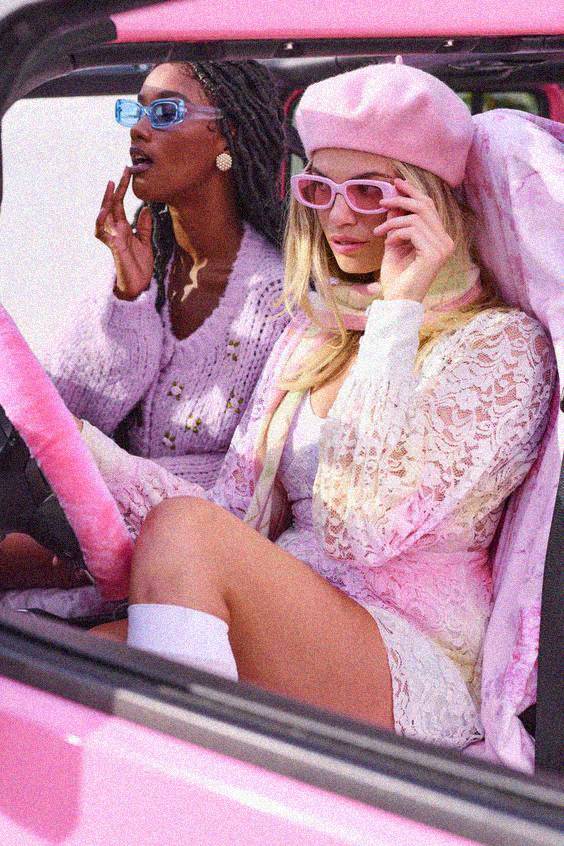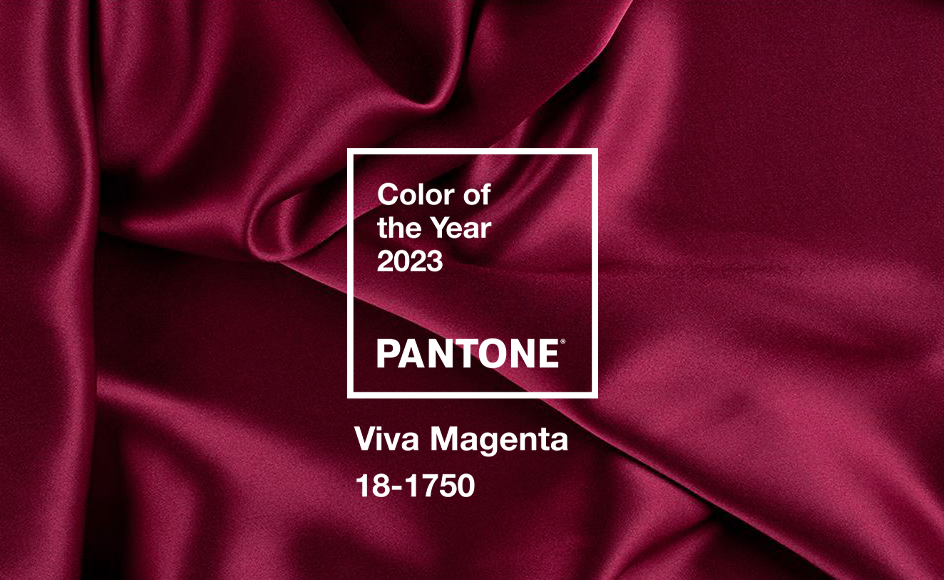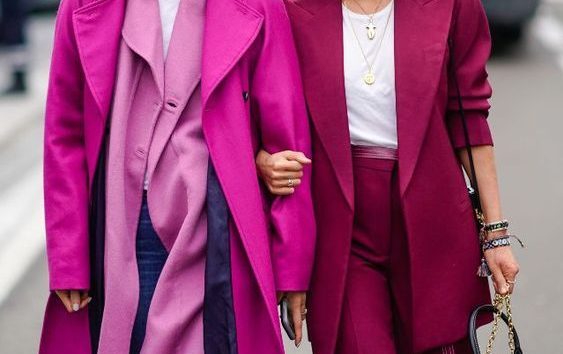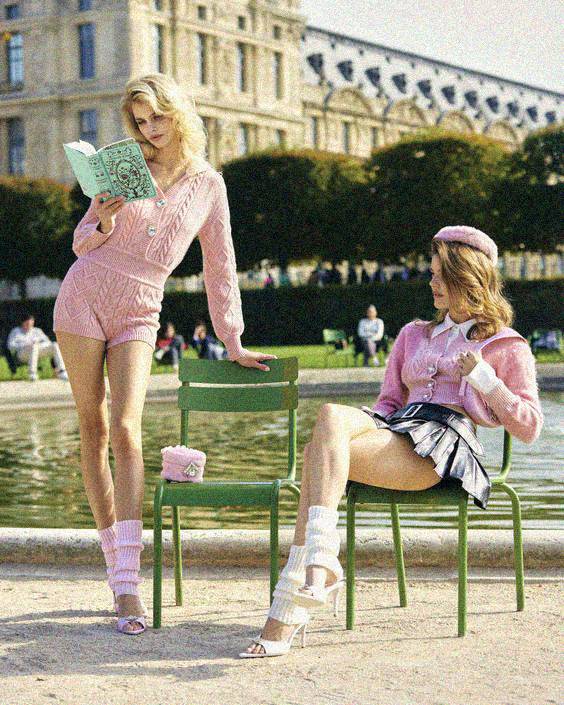
This obviously isn’t the first time you’re coming across the umpteenth article about all things pink. What I choose to post here is not so much the trend but look into the “Why”… Why is it that, as a collective, we are choosing Barbiecore, how does it make us feel to fit into it? What is a fashioncore even?
Look up the 2023 Pantone color, and it’s a shade of pink: Viva Magenta 18-1750. In an article for Vogue US, Pantone Color Institute’s Executive Director Leatrice Eiseman further went on to ascribe the following, “It’s brave, it’s fearless, it’s pulsating, and it promotes optimism and joy.”



Author Nafiseh Soolari
Nafiseh is a creative consultant, writer and photographer— “I love translating the beauty I see in all the moments around me, people, places, things; and I aspire to share my vision: to create a single moment for me and you to connect and realize what this amazing world has to offer…”
